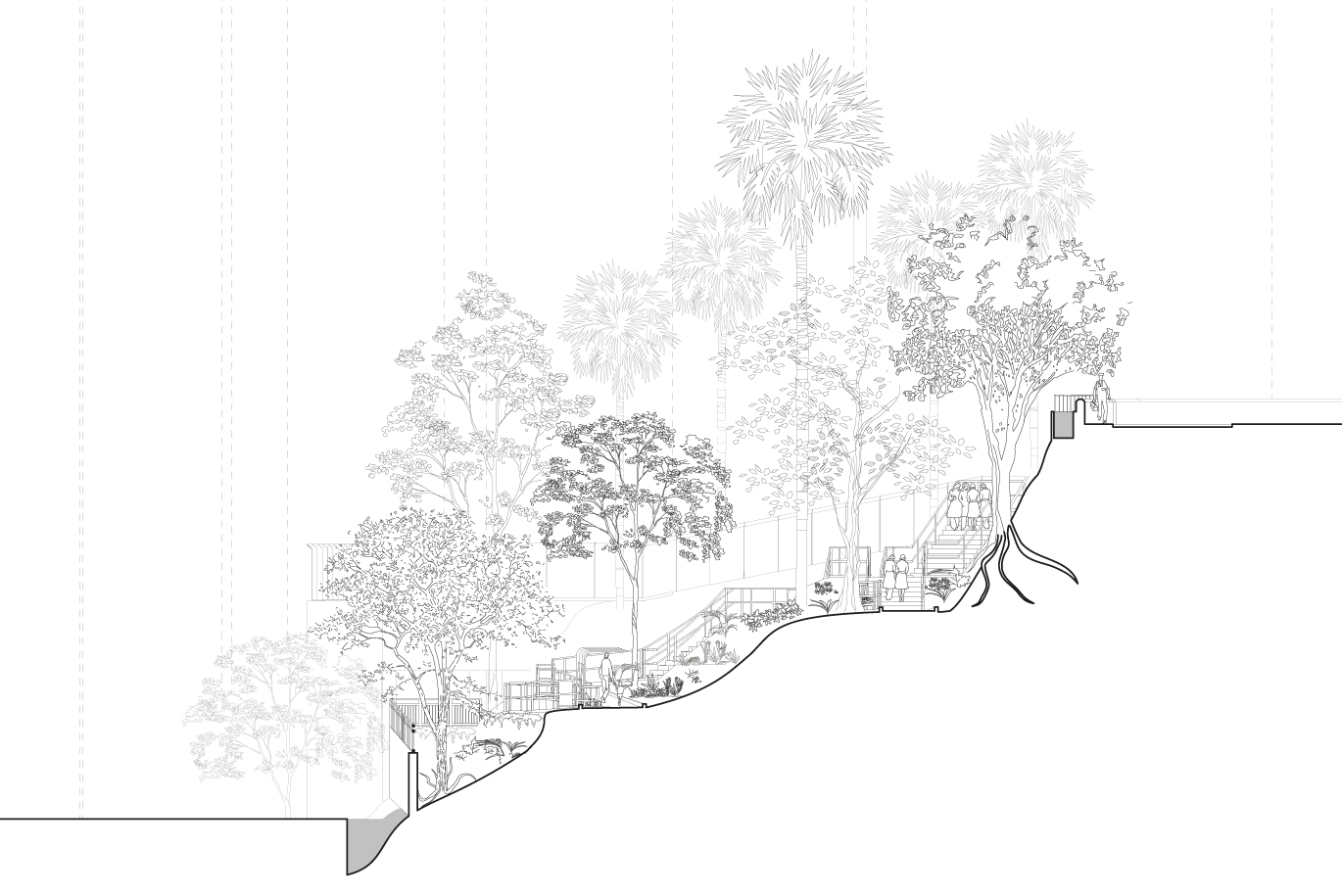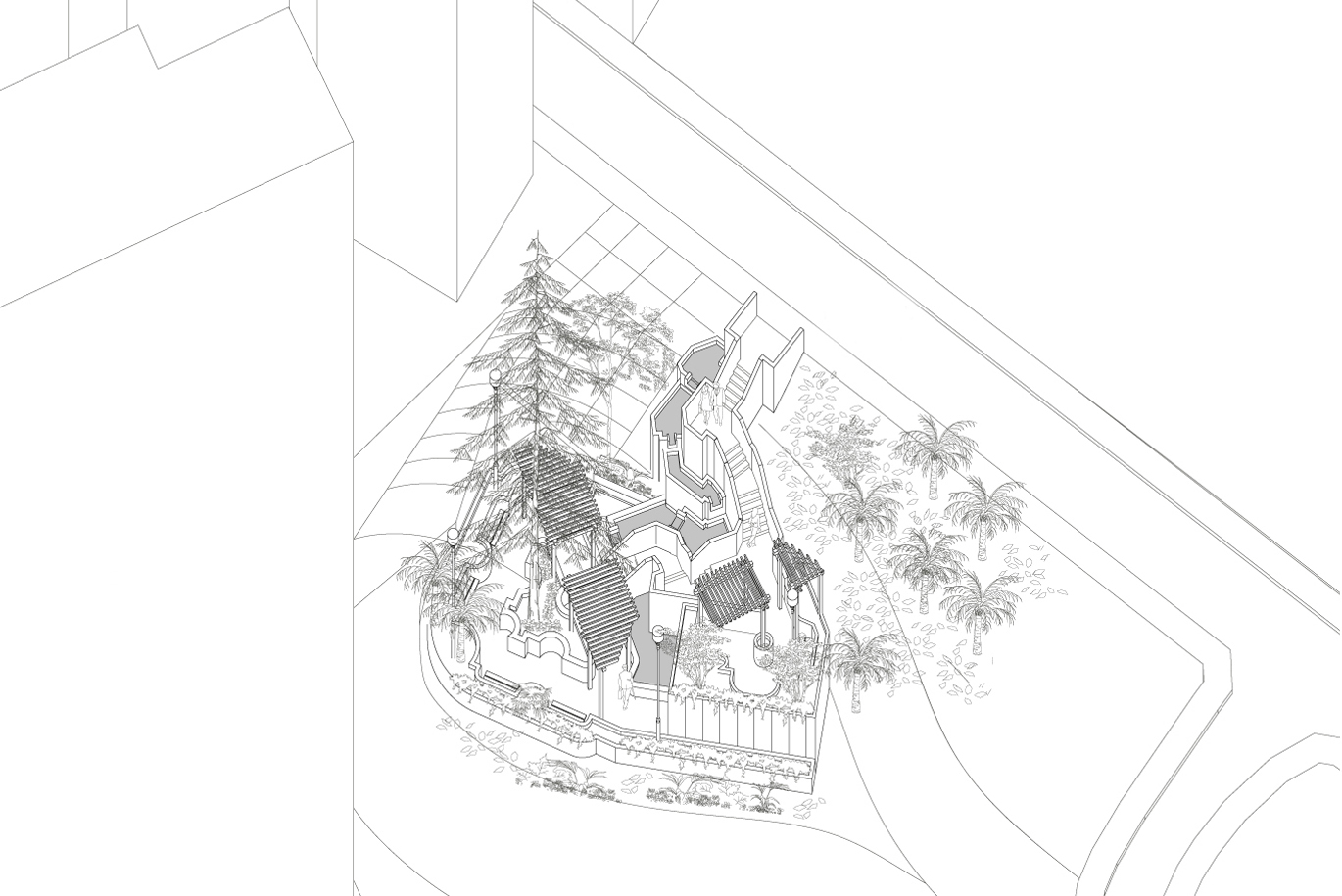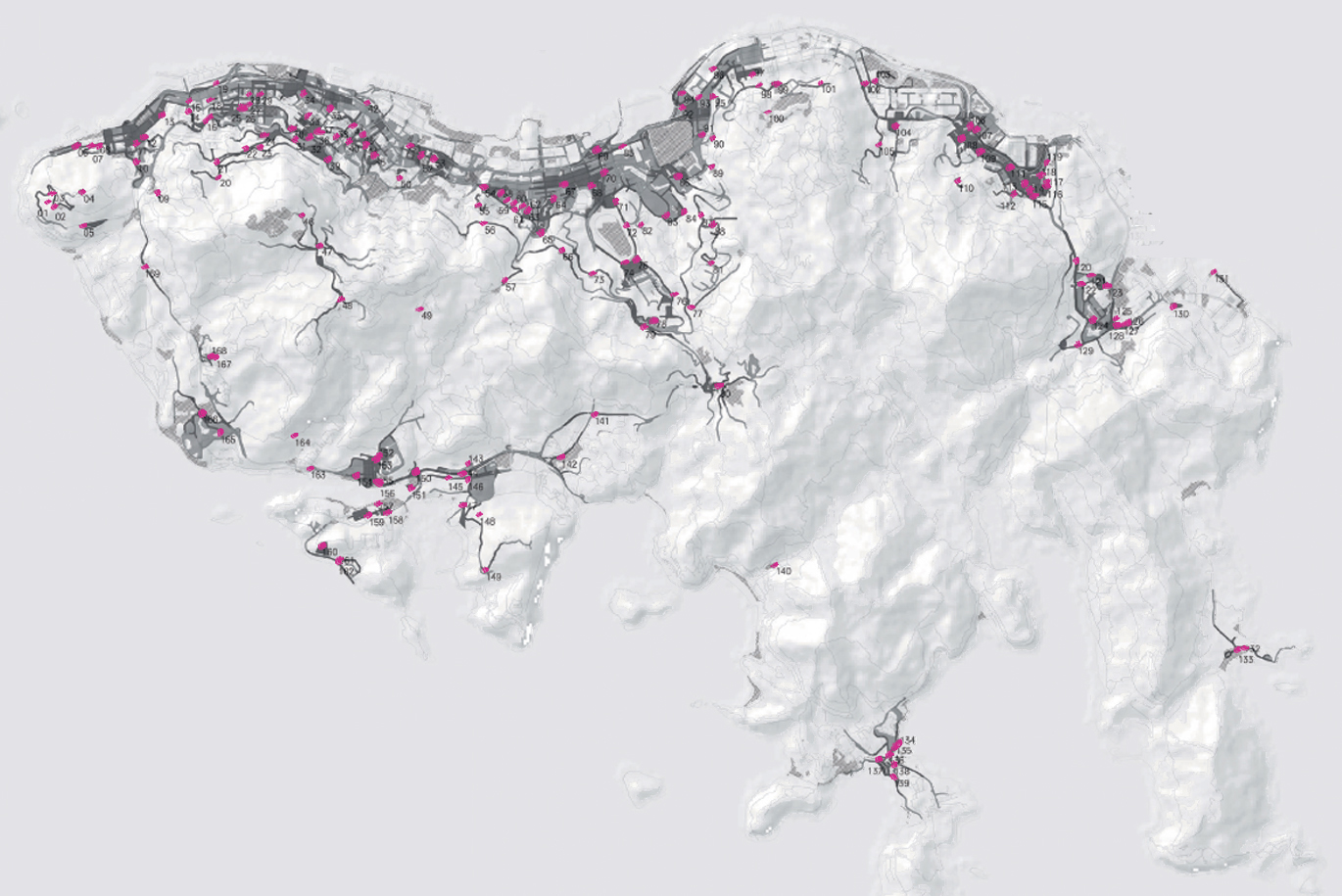Ivan Valin, Xiaoxuan Lu and Susanne Trumpf publish an article on the project Interstitial Hong Kong in the current issue of the LAF journal on Sharing Economy and City Future. The project focuses on Hong Kong’s Sitting-out Areas, a unique public space typology distinguished by their small size and incidence in the interstices of Hong Kong’s physical structure. By developing a critical spatial analysis of small landscape spaces in Hong Kong, as well as collecting and communicating their unifying spatial, organisational or procedural attributes, Interstitial Hong Kong examines Sitting-out Areas at the scale of both immediate urban and ecological contexts, and the spatial assemblage in reference to the occupant.
Initial research of the project was supported by the Division of Landscape Architecture at the University of Hong Kong and undertaken by the 2016/17 MLA student class. The current and ongoing research project is partially funded by Design Trust, a Hong Kong-based grant funding platform. Read the introduction of the article below and find more information about the publication and the project on the Landscape Architecture Frontiers and Design Trust websites.

Conduit Road Rest Garden, Site Section
Interstitial Hong Kong
With some of the most valuable land in the world, built-out to some of the highest densities in the world, it is not surprising that Hong Kong’s urban fabric lacks a respectable amount of public open space. Studies on the city’s urban public space often contort definitions of publicness and openness to include the ambiguous, the informal, the hybrid, the quasi-, the fleeting, or the accidental. Hyperbole and phenomena notwithstanding, it is also possible to see much of the city’s public realm as the straightforward spatial consequence of three circumstances of Hong Kong: its geology, its political economy, and its material ecology. The confluence of these drivers is best explored in the tangibly planned, clearly open, and exceedingly commonplace set of spaces known, in the parlance of Hong Kong’s municipal planners, as “Sitting-out Areas.”

Axonometric drawing of Kotewall Road Rest Garden
These Sitting-out Areas (along with the allied “Rest Gardens” and the micro public realm interventions of the Home Affairs Department) form the smallest features in the city’s formal network of public open space amenities. Commonly called saam kok see hang (“three-cornered shit pit”) in Cantonese, Sitting-out Areas are located throughout the territory’s urbanised areas. While the Hong Kong Special Administrative Region government maintains about 60 “parks”, it oversees more than 500 Sitting-out Areas and Rest Gardens that account for a significant proportion of its public open space “portfolio”. In their ubiquity, they are all the more invisible.
As invisible space, Sitting-out Areas do not “fit” in the city and are relegated to the scraps of urban space with lesser value: the anomalies, gaps, interstices and mismatches. Nor to these spaces fit into a common typology of public space; they fall distinct from the square, street, and garden. Sitting-out Areas form a unique type of shared space in the city and a synthesis of engineered infrastructure and leisure terrain. Each Sitting-out Area oscillates between the exceptional and the mundane. In their abundance, the Sitting-out Areas are an exercise in repetition: the government has opted for expediency of implementation and maintenance through the reproduction of boilerplate assemblies and standardised details. Most feature little more program than, eponymously, a place to sit and rest. At the same time, each Sitting-out Area fills a particular interstice in the city; each reflecting a unique solution to a specific adjacency, topography, microclimate, circulation, community, and history. Uniquely generic, the Sitting-out Area is the quintessential Hong Kong urban typology.

Distribution of Sitting-out Areas on Hong Kong Island

